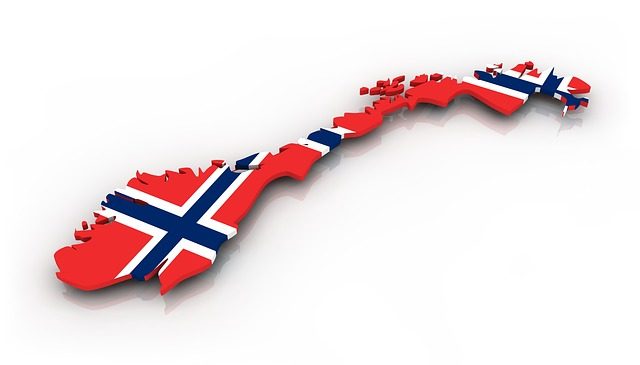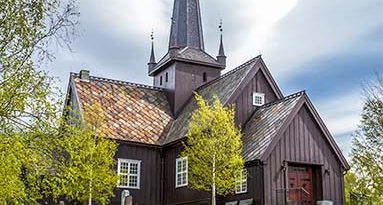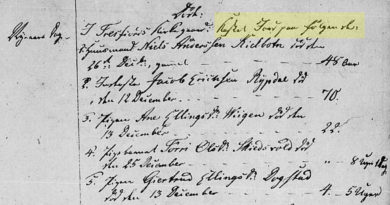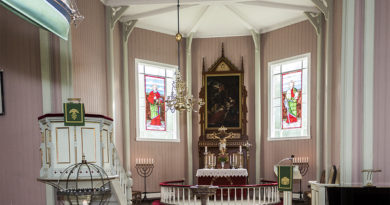Former municipalities of Norway
The list of former municipalities in Norway can be helpfull when looking for the places where our ancestors lived.
![]()
![By Norway_municipalities_2010_blank.svg: Kåre-Olav derivative work: Røed (Norway_municipalities_2010_blank.svg) [CC BY-SA 2.0 (http://creativecommons.org/licenses/by-sa/2.0)], via Wikimedia Commons](https://martinroe.com/blog/wp-content/uploads/2016/09/512px-Norway_municipalities_2012_blank.svg_.png)
The information covered in my article “Find Norwegian place names” also relates to this topic.
As municipalities are united the numbering of properties have to be changed. This can be a challenge for us as we try to trace our ancestors. I touch upon this in my article “Norwegian farm structure”.
In my article “Norwegian naming“ I talk about the use of farm names as the last part of a person’s “identification information”. I have lately come across a few persons who used the name of the municiaplity where they originated as a last name. This happened in Norway long before the use of surnames was common. I have also seen this happen when the person emigrated.

The changes in administrative units may cause uncertainty when it comes to how we record these names in our genealogy database. It is a common agreement in the genealogical community that place names, be it church or civil administrative units, should be recorded as they were at the time the event took place. This is in coordinance with “Getting It Right: The Definitive Guide to Recording Family History Accurately” by Mary H. Slawson. I have written about how I record locations in this blog.
I have ancestors who was born in Veøy parish and died in Vestnes parish, even though both events probably took place in the same bed.
In a few years the list of former municipalities in Norway will have to be re-written as there are changes soon to be implemented. Several municipalities will merge in an effort to make stronger and more efficient administrative units.
Getting It Right: The Definitive Guide to Recording Family History Accurately
By Mary H. Slawson






My 3rd great grandfather was Torkeld Didrikson Bjelkerøe the family farm was on Bjelkerøyna….near Sund…SW of Bergen…looking for photos of him and family. My 2nd great grandfather was his youngest son Besse…any idea where I might look for info like this?
Hello Arnie. Thanks for visiting my blog.I am working on an article where I try to point out some sources for old Norwegian photos. I hope to have it ready in not too long. If you subscribe to updates in my blog, you will get a notification when I publish new material.
Tusen Takk,
I am subscribed 🙂
Another excellent article. When it comes to a name change in the governing unit, you wrote that it should be recorded as it was at the time, even if it is the same place. In my family tree, when I have run into this, I have annotated the new place name by writing that the person still lived in the same place but the name changed due to mergers or whatever the case may be. That may make it easier, I think, for other people to who “inherit” our work to understand.
Yes, in certain cases there may be a need for explanatory remarks.